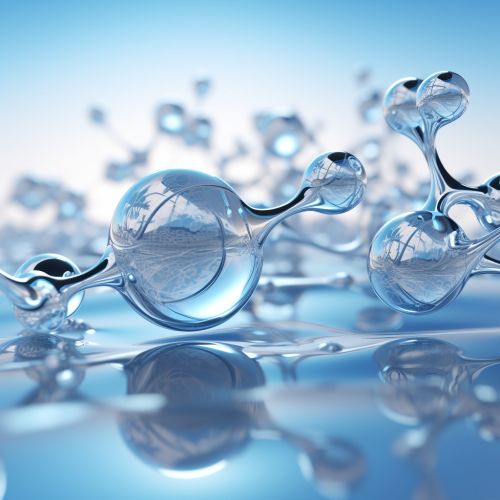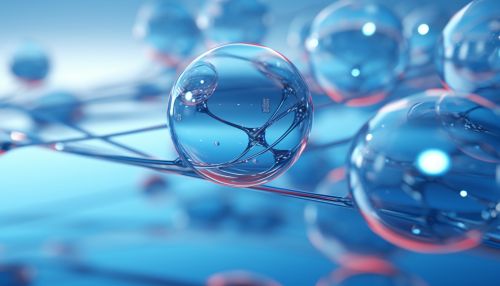Hydrophobic interaction
Introduction
Hydrophobic interaction refers to the tendency of nonpolar substances to aggregate in aqueous solutions and exclude water molecules. The term "hydrophobic" literally means "water-fearing," and it describes the segregation and apparent repulsion between water and nonpolar substances.


Physical Basis
The physical basis of hydrophobic interaction lies in the second law of thermodynamics, which states that the entropy of an isolated system always increases over time. When a hydrophobic substance is introduced into water, the water molecules form an ordered "cage" around the substance, which leads to a decrease in entropy. The system can increase its overall entropy by minimizing the surface area of the hydrophobic substance exposed to water, leading to the aggregation of the hydrophobic molecules.
Hydrophobic Effect in Biological Systems
The hydrophobic effect plays a crucial role in the formation and maintenance of the three-dimensional structures of proteins. The hydrophobic amino acid residues in proteins tend to aggregate toward the interior of the protein, away from the aqueous environment, which helps to stabilize the protein structure.
Hydrophobic Interactions in Cell Membranes
Cell membranes are primarily composed of phospholipid bilayers, which are inherently hydrophobic. The hydrophobic interactions between the fatty acid tails of the phospholipids cause them to pack together, forming a barrier that prevents the passage of most polar molecules.
Hydrophobic Materials
Hydrophobic materials are used in a variety of applications due to their resistance to water. These materials can be found in nature, such as in the lotus leaf, or can be synthetically produced for use in products like non-stick cookware, waterproof clothing, and anti-fouling coatings.
Hydrophobicity Measurement
Hydrophobicity can be quantitatively measured using techniques such as contact angle measurement, partition coefficient determination, and surface tension measurement. These techniques provide valuable information about the hydrophobic nature of materials and biological systems.
